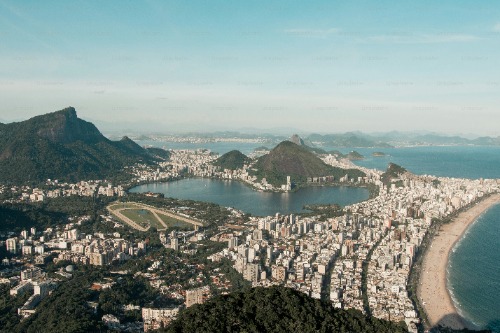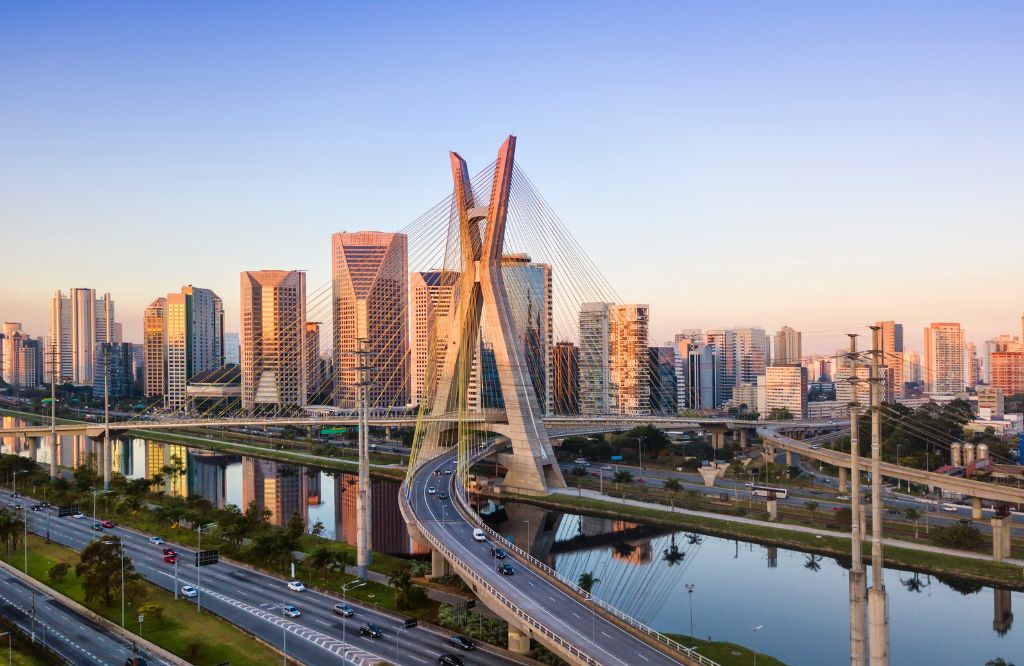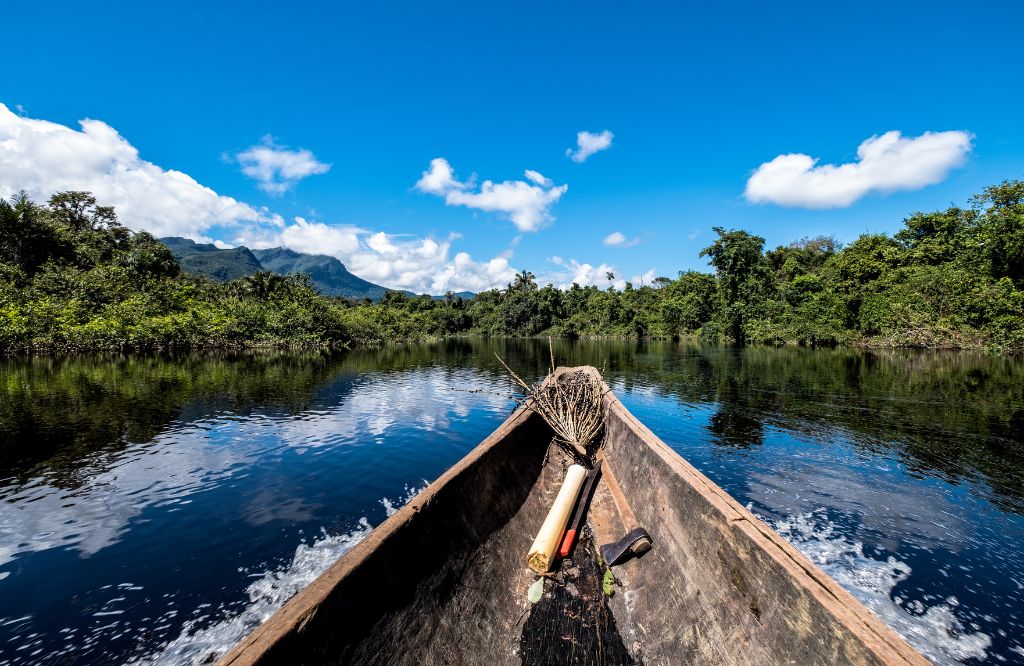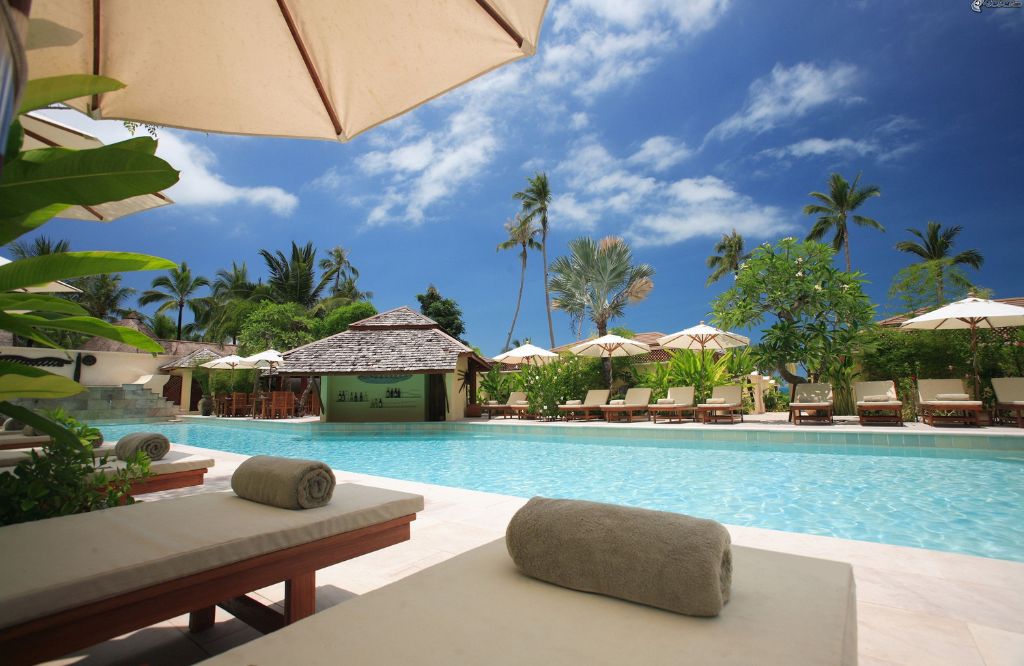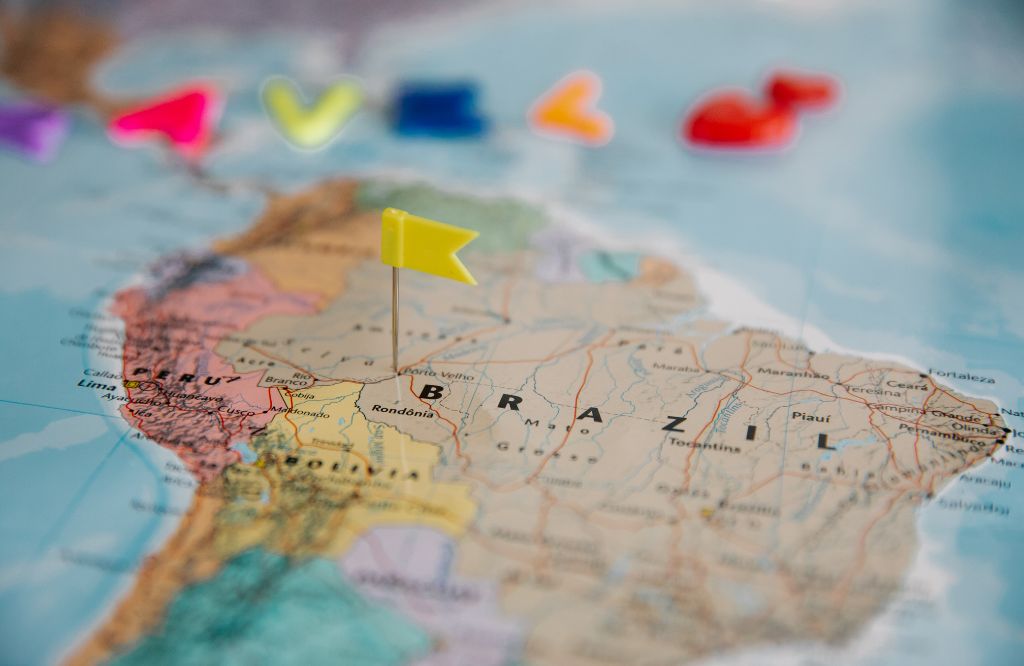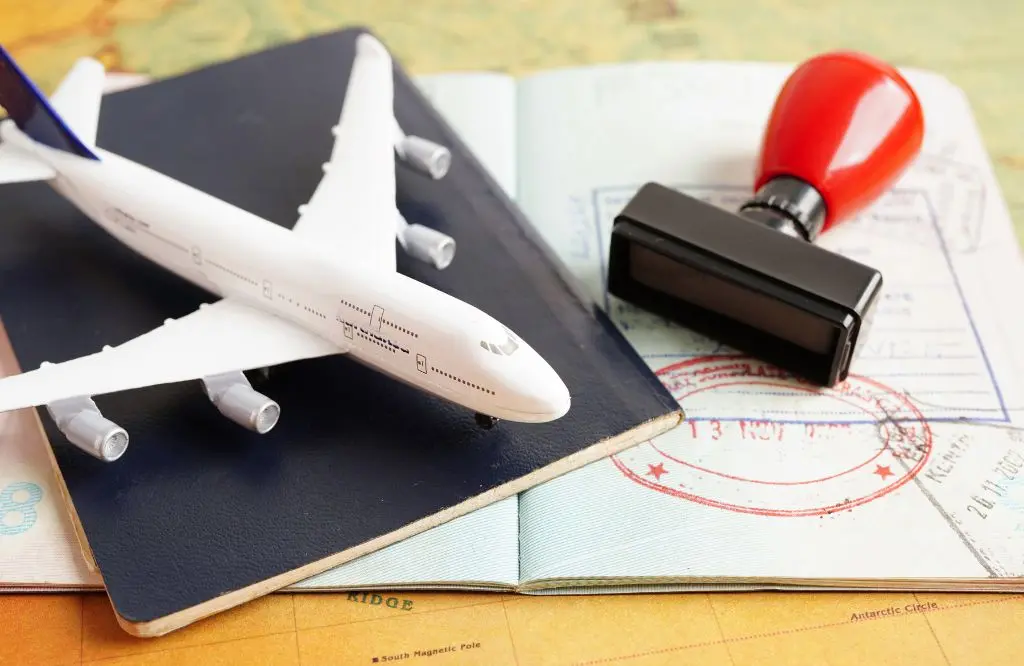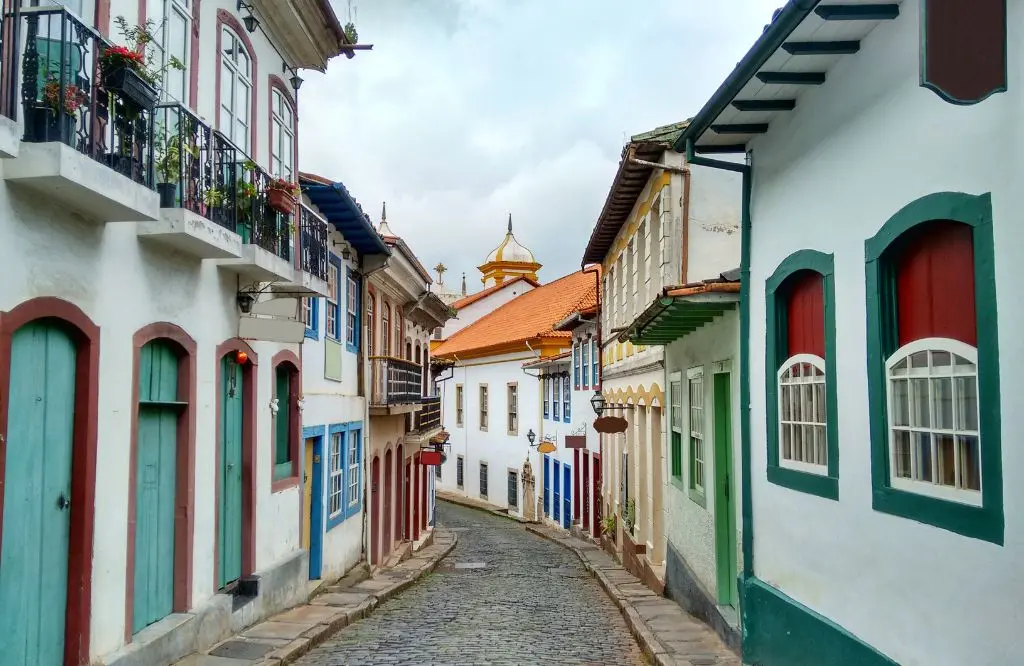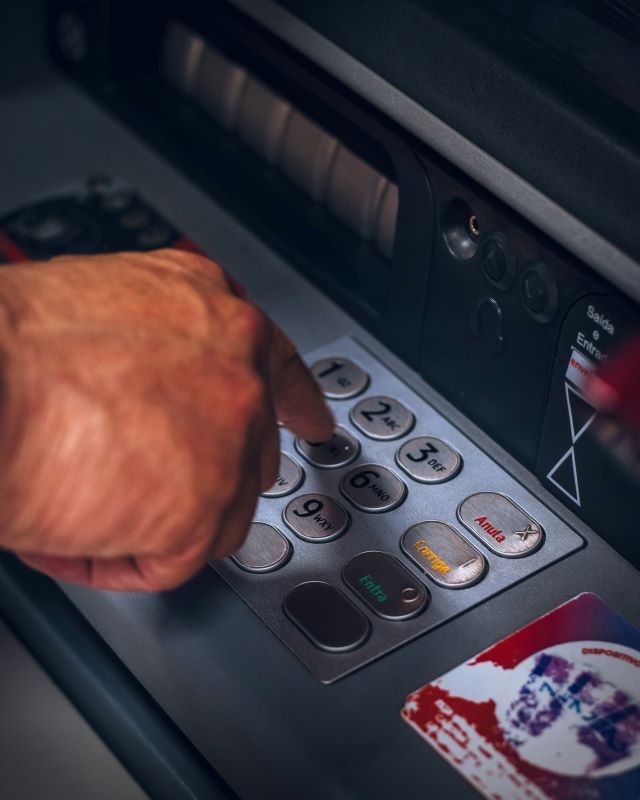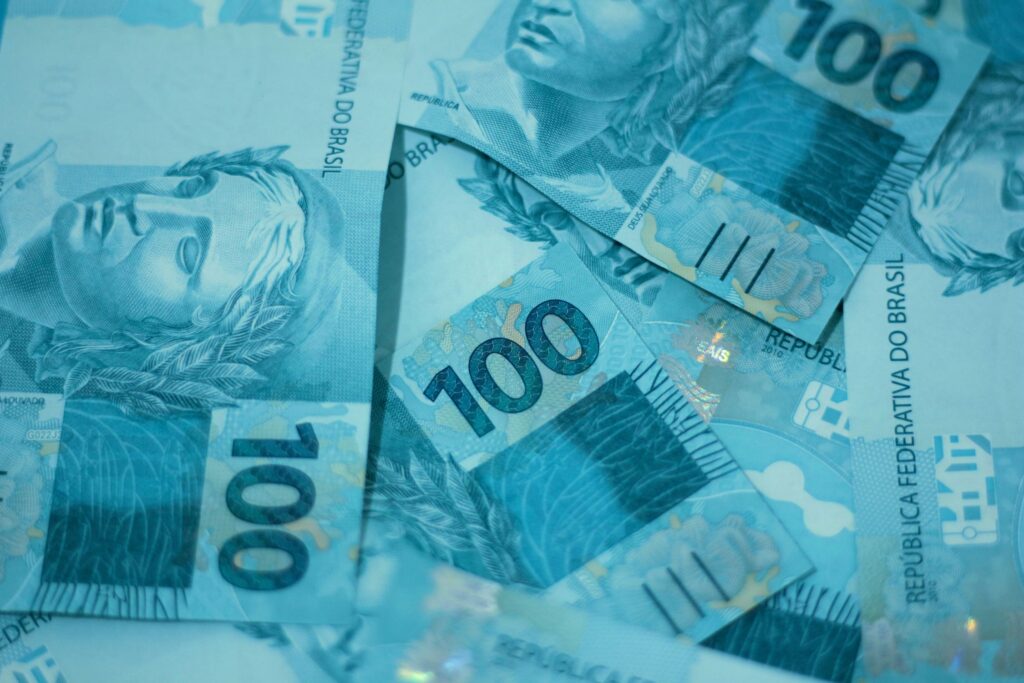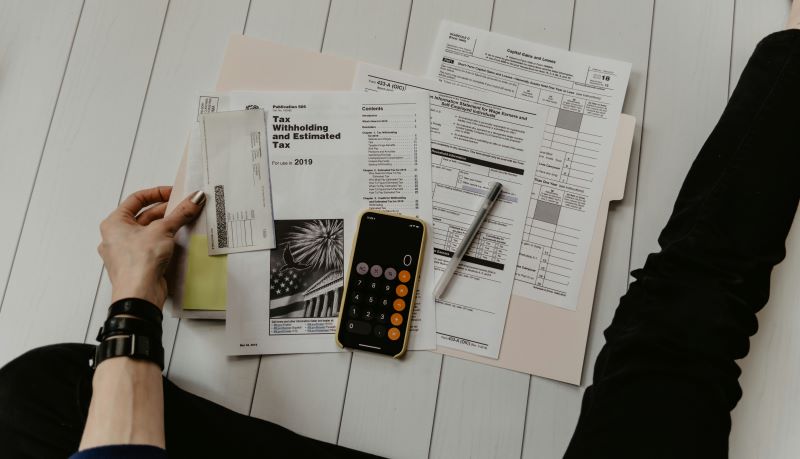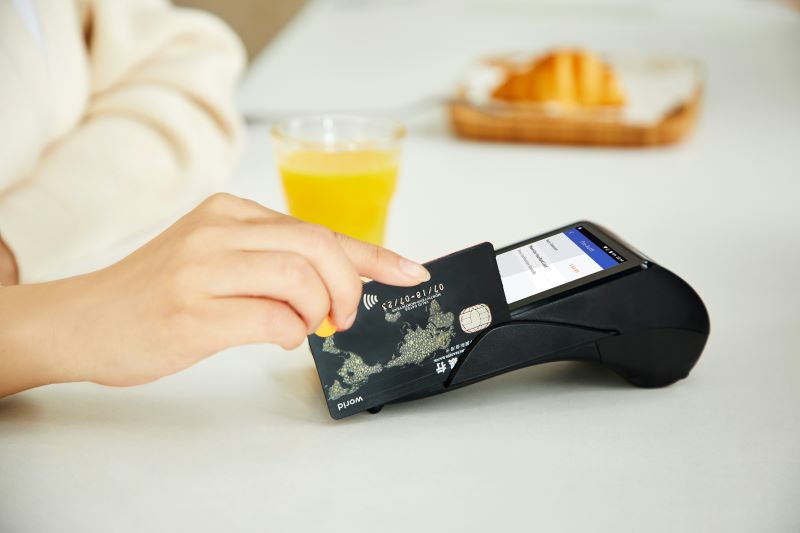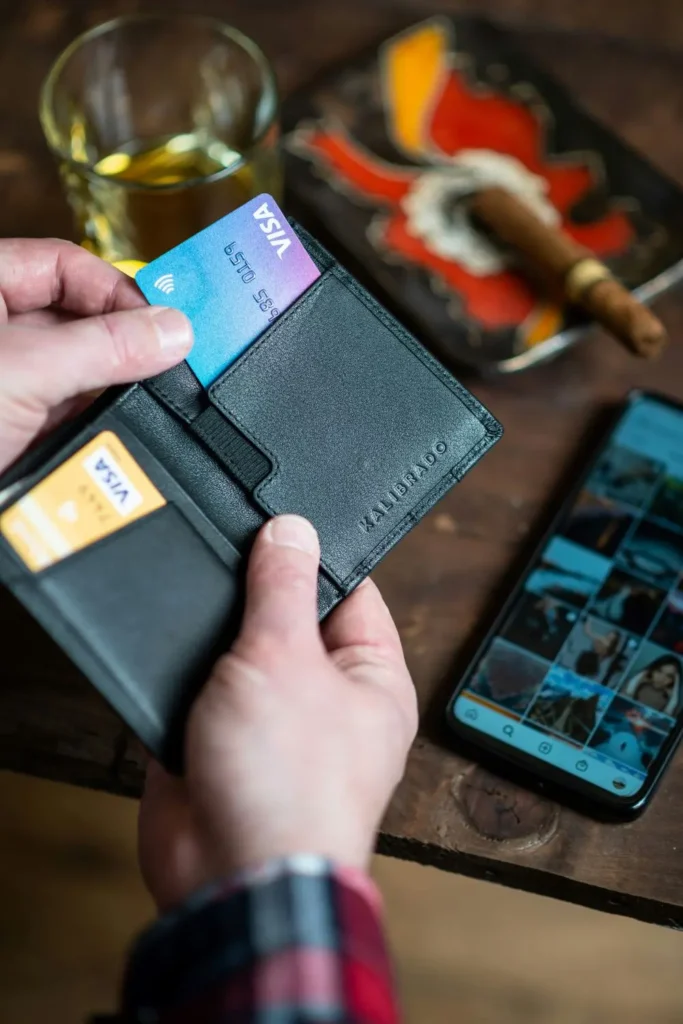
Traveling to Brazil is a fascinating experience, full of vibrant culture, breathtaking landscapes, and delicious cuisine. To make the most of your trip, it’s essential to understand how currency and exchange work in the country. On this page, we’ll explore everything you need to know about Brazilian currency, where to exchange money, how to use credit and debit cards, and other useful tips for handling money in Brazil.
The Brazilian Real (R$) has been the official currency of Brazil since 1994. Knowing how the monetary system and exchange practices work in the country is essential to make the most of your trip. We’ll explore the most important aspects so you can handle money in Brazil calmly and safely.
The Real is a stable currency widely accepted throughout the national territory. With a little planning and knowledge, you’ll be able to shop, pay for services, and enjoy tourist attractions without financial worries. Let’s dive into the details that every traveler needs to know about currency and exchange in Brazil.
The Brazilian Currency
Before delving into the details about currency and exchange in Brazil, it’s important to have an overview of the essential information. This section will provide an overview of the most relevant aspects that every traveler should know when dealing with money in the country.
From how the monetary system works to practical tips for saving money, you’ll find here a complete guide to confidently navigate financial matters during your stay in Brazil.
The Brazilian monetary system
The Brazilian monetary system is based on the Real (R$), a relatively young but stable currency. Implemented in 1994 as part of an economic plan to control inflation, the Real has become a symbol of the country’s economic stability. Understanding how this system works is fundamental to managing your money efficiently during your trip.
Know the Real notes and coins
Familiarizing yourself with Brazilian notes and coins is essential to avoid confusion and potential scams. The Real is divided into centavos, with coins of 5, 10, 25, 50 centavos and 1 real. Notes come in denominations of 2, 5, 10, 20, 50, 100, and 200 reais, each with distinct colors and designs representing Brazilian fauna.
Where and how to exchange money
Exchanging money in Brazil can be done in various locations, but it’s important to know the best options to get favorable rates and avoid fraud.
Currency exchange offices, banks, and even some hotels offer currency exchange services. But the best option for foreigners visiting Brazil is to use ATM24h ATMs, which have guaranteed security, competitive rates, and great locations.
Tips to save on transactions
Maximizing your travel budget involves more than just finding good deals on accommodations and attractions. Saving on financial transactions can make a significant difference. Learn strategies to avoid unnecessary fees, find the best exchange rates, and make your money go further during your stay in Brazil.
Know the Real notes and coins
Familiarizing yourself with Real notes and coins is fundamental to avoid confusion and ensure smooth transactions during your visit to Brazil. The Brazilian monetary system includes both notes and coins, each with distinct characteristics.
Notes in circulation
The Real notes currently in circulation always have an animal from Brazilian fauna represented. They are:
- R$ 2: Blue, with the image of a sea turtle
- R$ 5: Purple, featuring a heron
- R$ 10: Red, with the effigy of a macaw
- R$ 20: Yellow, showing a golden lion tamarin
- R$ 50: Beige, displaying a jaguar
- R$ 100: Blue, with the image of a grouper
- R$ 200: Brown, featuring a maned wolf
Each note has a different size, gradually increasing from the smallest (R$ 2) to one of the largest (R$ 100), which also helps in identification.
Coins in circulation
The Real coins in use are:
- 5 centavos: Bronze
- 10 centavos: Bronze
- 25 centavos: Bronze and nickel
- 50 centavos: Bronze and nickel
- 1 Real: Silver with golden edge
Security elements
Brazilian notes and coins have several security elements to prevent counterfeiting:
- Watermark: visible when the note is held against the light.
- Security thread: a line embedded vertically in the note.
- Embossed elements: certain parts of the note have raised texture.
- Color-changing number: on some notes, a number changes color when you tilt the note.
- Fluorescent elements: visible only under ultraviolet light.
It’s important to familiarize yourself with these security elements to be able to identify authentic notes and avoid accepting counterfeit notes inadvertently. If in doubt about the authenticity of a note, don’t hesitate to ask for help from a bank employee or a local merchant.
Where to Exchange Money
Exchanging money in Brazil is relatively easy, but it’s important to know where to do it to get the best rates and avoid fraud. Here are some options:
- Currency Exchange Offices: Found in airports, shopping centers, and tourist areas. They are the most convenient option, but rates may be higher.
- Banks: Some banks offer exchange services, but not all. It’s advisable to check in advance.
- ATMs: Located in airports, pharmacies, hotels, restaurants, bars, and even on Copacabana beach, they are the most practical and convenient option for withdrawing Brazilian national currency.
Precautions when exchanging money
Regardless of the method chosen, some precautions are essential:
- Compare rates: don’t accept the first offer, compare between different options.
- Check the notes: familiarize yourself with the characteristics of Brazilian notes to avoid receiving counterfeit bills.
- Keep receipts: they can be useful for tax declarations or in case of problems.
- Avoid exchanging money on the street: unauthorized money changers may offer attractive rates, but the risk of fraud is high.
- Plan ahead: avoid exchanging large amounts at once, plan your money needs throughout the trip.
By following these guidelines and choosing the method most suitable to your needs, you can ensure a smooth and safe experience when dealing with money during your stay in Brazil.
Using Credit and Debit Cards
Credit and debit cards are widely accepted in Brazil, especially in urban and tourist areas. However, it’s always good to have some cash for situations where cards are not accepted, such as in local markets and small establishments.
- Credit Cards: Visa, MasterCard, and American Express are the most accepted. Inform your bank about your trip to avoid security blocks.
- Debit Cards: They are accepted in many places, but check with your bank about international usage fees.
- Contactless Payments: Contactless payment technology is becoming common in Brazil, facilitating quick and secure transactions.
Exchange Rates and Conversion
Exchange rates can vary greatly, so it’s important to compare different options before exchanging money. Here are some tips:
- Research Rates: Use exchange rate comparison apps and websites to find the best deals.
- Check Service Fees: Some exchange offices and banks charge additional fees, so make sure to ask about any extra costs.
Importance of withdrawals for foreigners and local communities
ATM withdrawals are extremely important for foreigners visiting Brazil. Besides the convenience of obtaining money locally, withdrawals help avoid carrying large amounts of cash, which can be risky. Additionally, ATM withdrawals, especially from the ATM24h network, are essential to support local communities, allowing small businesses and merchants to receive cash payments.
- Security and Convenience: The ATM24h network offers security and convenience for tourists, with ATMs available throughout the country.
- Support for Local Communities: Many small merchants and local services prefer or only accept cash payments, making withdrawals a necessity for tourists.
- Availability: The ATM24h network is widely available in urban and tourist areas, facilitating access to cash.

Useful Tips
- Have cash on hand: although cards are widely accepted, it’s always good to have cash for emergencies and small purchases.
- Security: keep your money and cards in a safe place. Avoid displaying large amounts of money in public.
- Notify your bank: inform your bank about your trip to prevent your card from being blocked due to suspicious activities.
- Withdrawal limits: check your bank’s daily withdrawal limits to avoid problems when withdrawing money.
Conclusion
Understanding currency and exchange in Brazil is essential for a smooth and problem-free trip. Plan ahead, research the best exchange options, and be prepared to use both cash and credit/debit cards. With these tips, you’ll be ready to enjoy everything Brazil has to offer without financial worries. Don’t forget the importance of withdrawals from the ATM24h network for your convenience and support of local communities.

